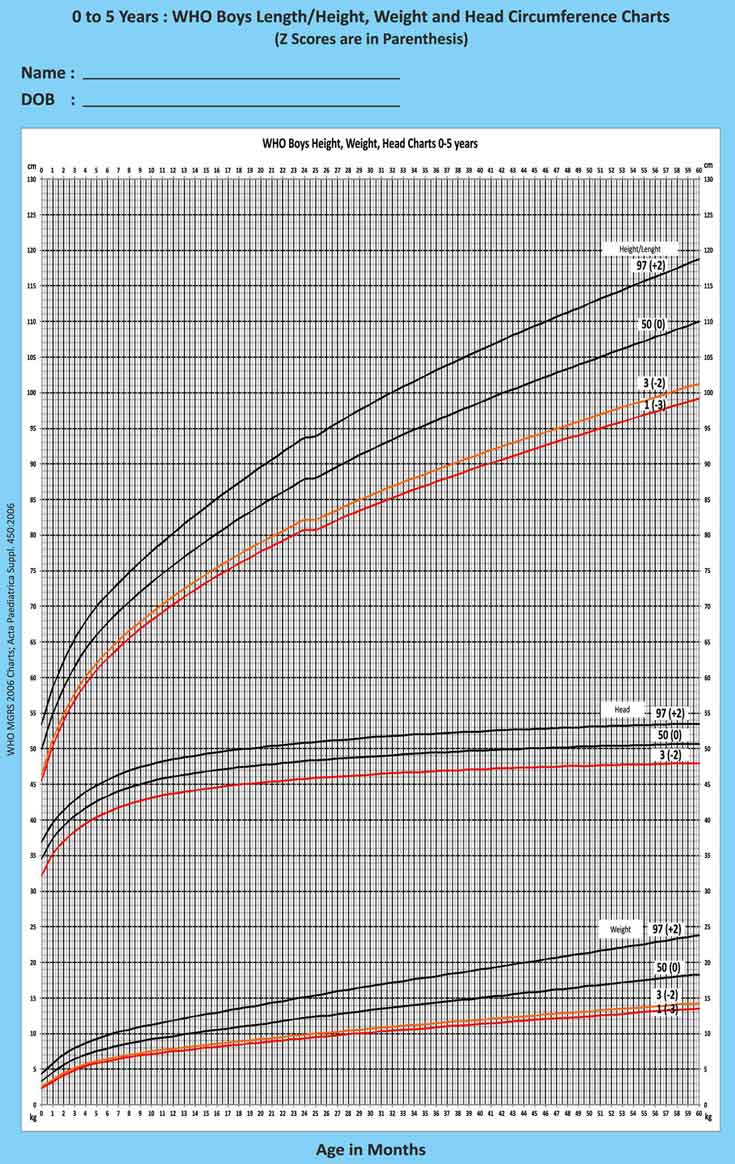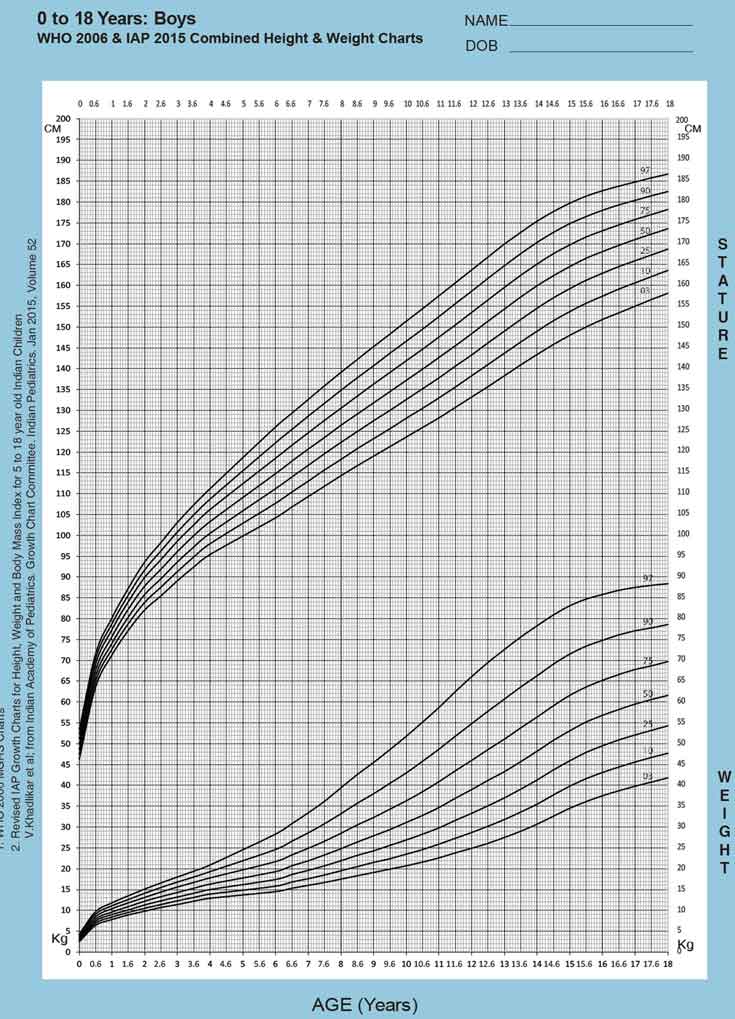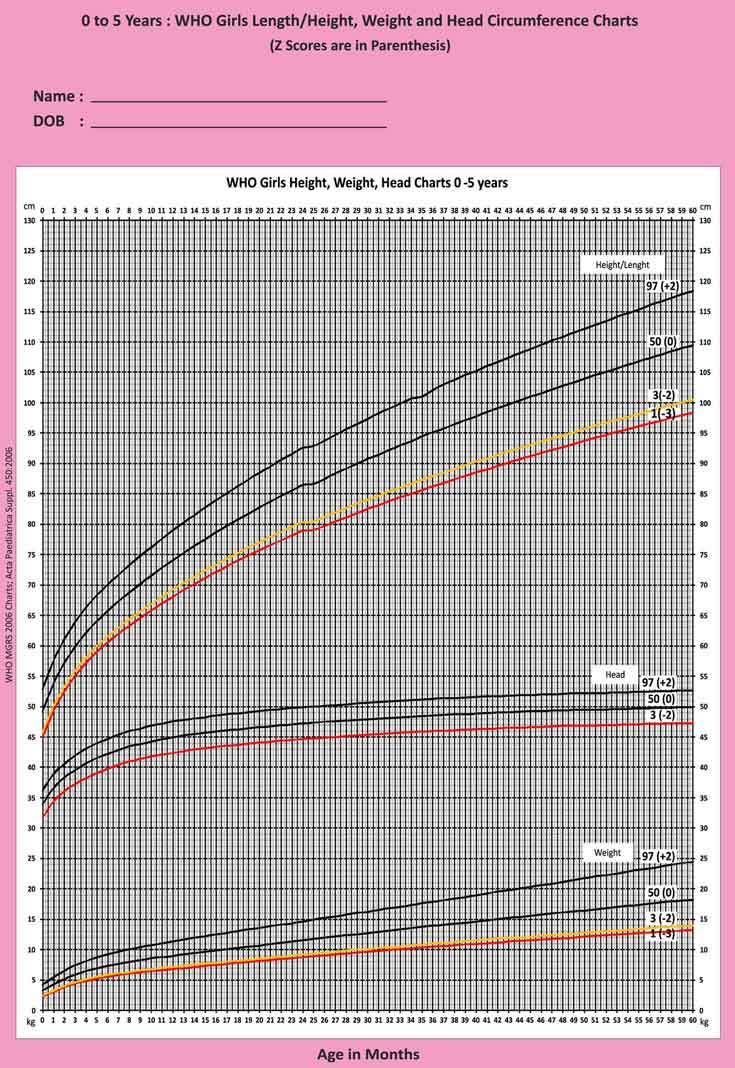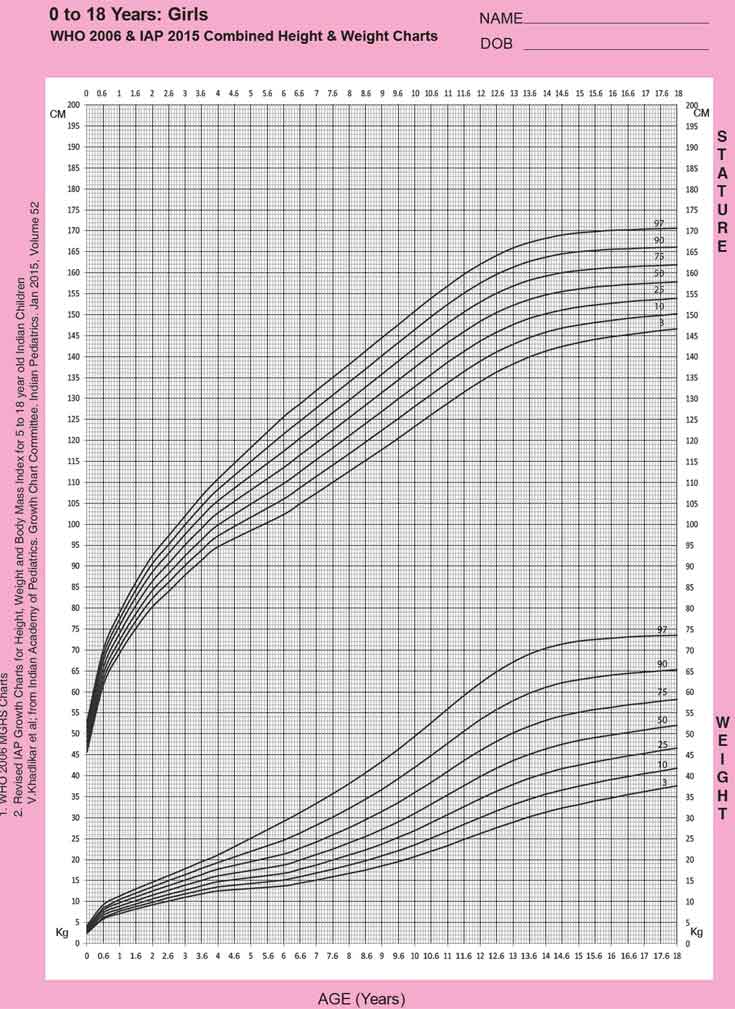Which Is a Better Estimate for the Weight of a Newborn Baby?
- Medindia
- Health Calculators
- Height Weight Tools
- Calculate Ideal Weight for Infants
Calculate Ideal Weight for Infants
Babies come in different shapes and sizes; some maybe slim and tall whereas others maybe chubby and short. Whatever be their size or shape, babies are definitely special and unique and taking care of their health is the top priority for all parents.
Parents usually compare their babies growth with other babies of the same age. As the baby gains height and weight, their normal growth pattern can be compared with standard growth charts. Every baby should have their own chart maintained by the parents. This is a simple but effective method to the growth and health of the baby. There maybe racial and ethnic variations too but the WHO standards provide a better tool to monitor the rapid and changing rate of�growth�in early infancy. The tool demonstrate that healthy children from around the world who are raised in healthy environments and follow recommended feeding practices have strikingly similar patterns of�growth(3 ✔ ).
Interesting Facts
- Internet has unlimited access to growth charts to keep track of the normal growth rate of children. We have provided a standard chart from WHO and one that combines Indian Association of Paediatrics & the WHO. This is different for boys and girls. (6 ✔ , 7 ✔ )
- A full term infant should ideally have an average weight at birth of 3.3 kg or 7 lb 4 oz.
- Boys on an average are slightly heavier and taller than girls and their growth patterns are also different. Boys are usually 0.3 kg heavier than girls.
- Variations in the ideal weight score for the first two months may be minimum.
- Most charts presume that the baby if breast-fed in the first few months as breast-fed babies grow at a different rate from formula-fed babies during the first year. Breast-fed babies during the first 2 months of life gain more in length and weight and then grow less rapidly. During the second year and by the age of 3, breast-fed�infants'�growth�is comparable to formula-fed�infants'�growth.

WHO 2006 Height or length, Weight and head Circumference Charts for Boys � 0 to 5 years in Months

Indian Association of Paediatrics 2015 & WHO 2006 Combined Height and Weight Charts for Boys for 0 to 18 Years

WHO 2006 Height or length, Weight and head Circumference Charts for Girls 0 o to 5 years in Months

WHO 2006 & Indian Association of Paediatrics 2015 Combined Height and Weight Charts for Girls for 0 to 18 years
How and When to measure weight of the Infant
- Weigh the baby at birth at one week and then after 10 days. The weight is likely to be the same in a full-term baby.
- While there is no set formula but weighing the baby once a month up to one year should be sufficient unless there is a reason to weigh them more frequently.
- After their first birthday weigh them once in two to three months.
- It is more convenient to weigh the babies at the time of routine immunisations which is at 8, 12 and 16 weeks and at 1 year.(4 ✔ ),(5 ✔ )
- Make sure that the weighing machine has been calibrated and preferably use the same machine every time. Use �Infant scales� for babies up to 10kg.
- It is best to use weight measurement in kilograms (kg) and grams (g). The regular calibration of scales is very important in order to ensure accurate measurements.
- Infants can be weighed lying down whereas toddlers can be weighed sitting or standing
- Try not to use clothes or nappies when weighing the baby as it may add 200 gms or more to the weight.
References
- Parental human capital and child health at birth in India - (https://www.ncbi.nlm.nih.gov/pubmed/30016748)
- Designing new growth charts for low-birth weight babies: need of the hour in India - (https://www.ncbi.nlm.nih.gov/pubmed/24820984)
- [WHO growth standards for infants and young children] - (https://www.ncbi.nlm.nih.gov/pubmed/19036567)
- Maternal and child nutrition - (https://www.nice.org.uk/guidance/ph11)
- Health for all children, 4th edition - (https://www.ncbi.nlm.nih.gov/pmc/articles/PMC2084033/)
- Weight-for-age GIRLS - (https://www.who.int/childgrowth/standards/cht_wfa_girls_z_0_5.pdf?ua=1)
- Weight-for-age BOYS - (https://www.who.int/childgrowth/standards/WFA_boys_0_5_zscores.pdf?ua=1)
Which Is a Better Estimate for the Weight of a Newborn Baby?
Source: https://www.medindia.net/patients/calculators/ideal_weight_infant.asp
0 Response to "Which Is a Better Estimate for the Weight of a Newborn Baby?"
Enregistrer un commentaire